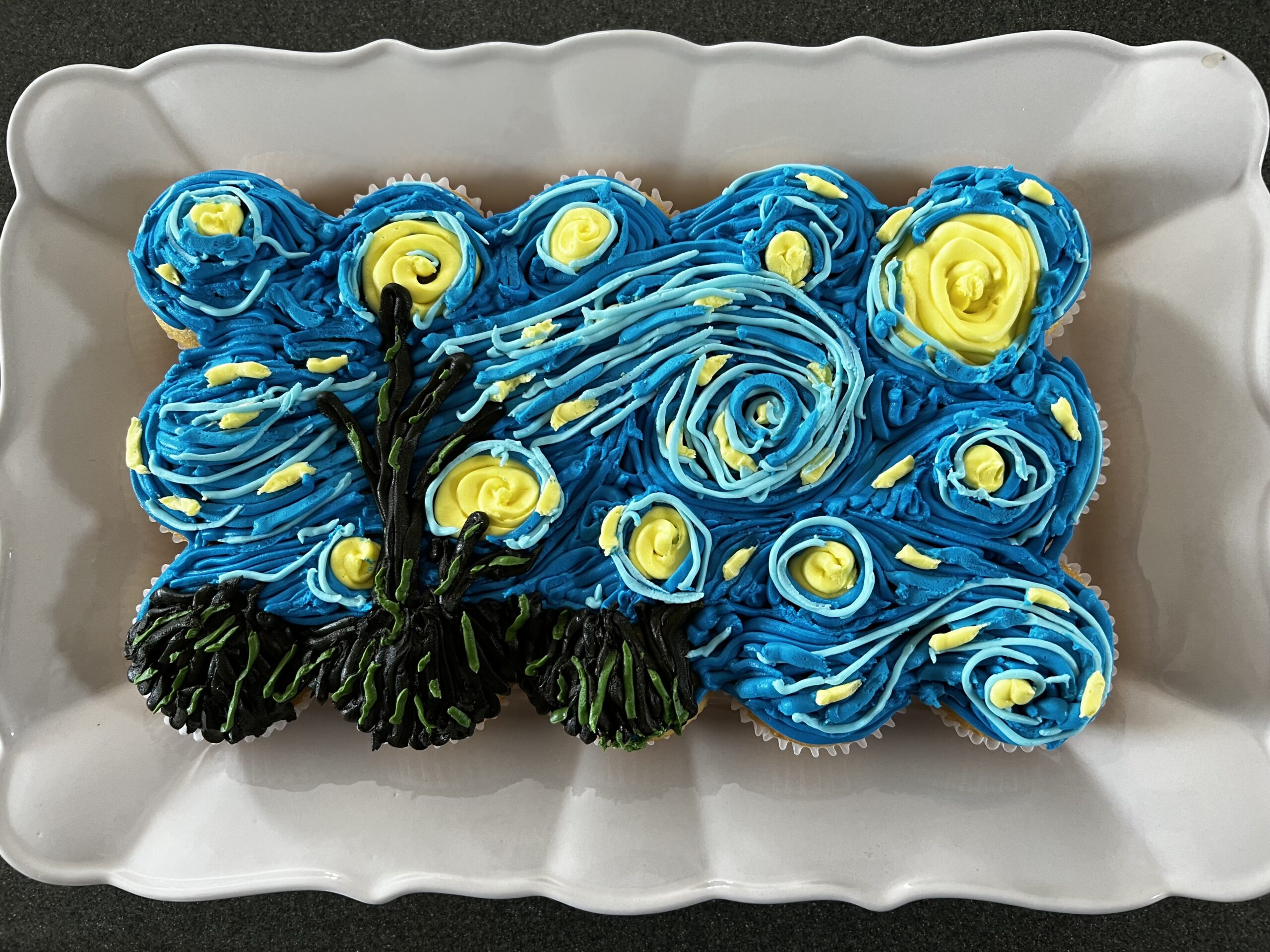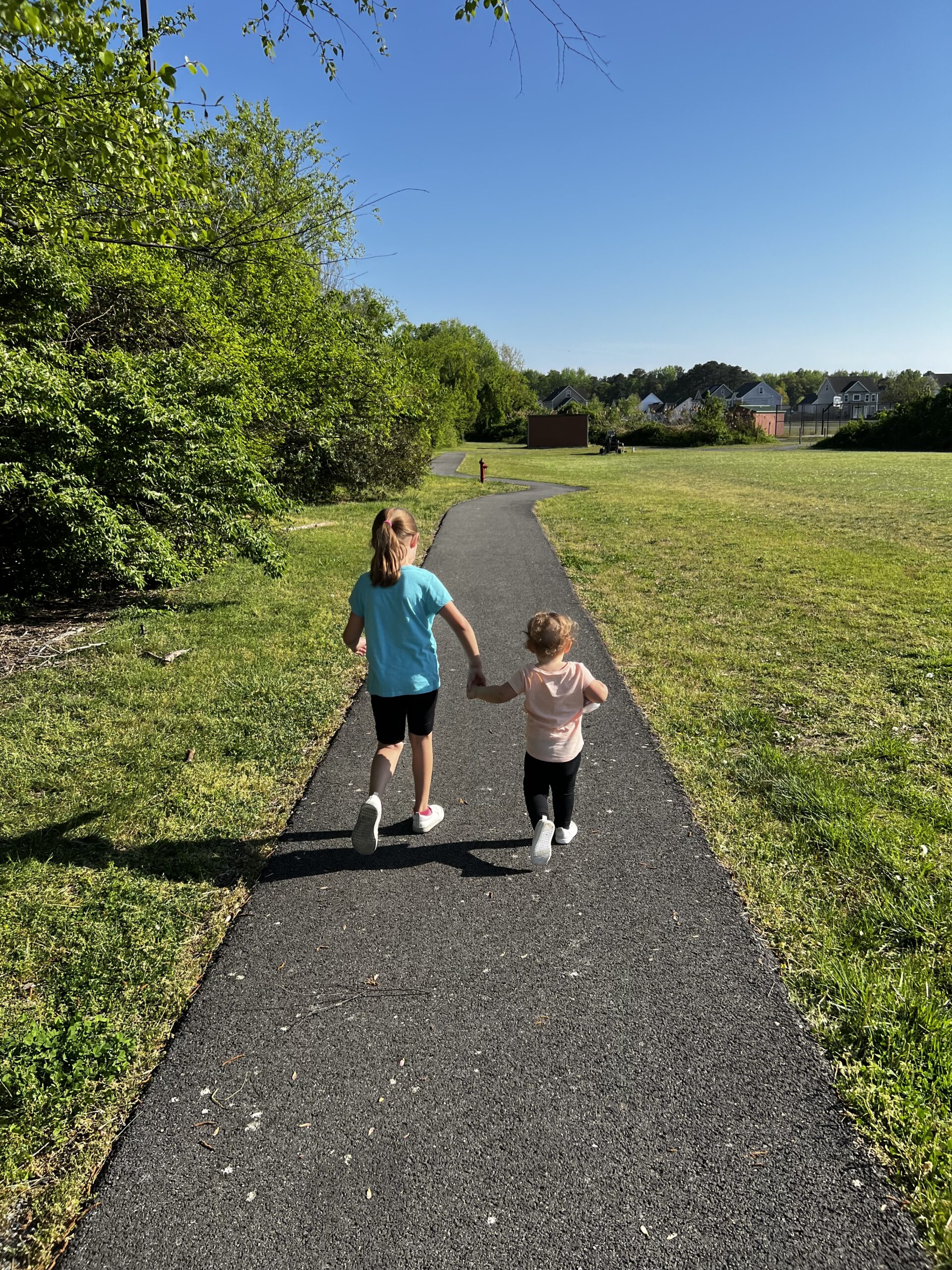- Lemonade stand
- Baking
- Party Favors
- Travel time
I’m a teacher, and it is in my blood to find ways to make learning happen without anyone noticing. There are a million ways to sneak a good lesson into any average day. If I find myself thinking through some mathematical equations in my head for a normal adult reason, I turn the tables on my kid and make her give it a whirl. Here are a few of my favorites:
1. Lemonade Stand: When Big Love turned 3, my parents built her the most beautiful lemonade stand/puppet theater. It has the space for an interchangeable sign at the top (She has made signs for a detective shop, a spa, a lemonade stand, a hair salon, and probably some others). It also has decorative curtains that can be changed out depending on the purpose for the stand. There are shelves on the back side to hold the shopkeeper’s wares, and a dry erase board on the front to tell customers about the specials for the day. For the past 5 years or so, this kid has wanted to have a lemonade stand at a yard sale, and we were finally able to make it happen. She decided that she wanted to make fresh squeezed lemonade, so we bought a bag of lemons for about $4 and got squeezing. She had mentioned that she wanted to sell her lemonade for 50 cents a cup, and that had me thinking about how many cups she would need to sell to recoup her losses. I’m no businesswoman, but it seemed like selling 8 cups of lemonade was a lofty goal just to start earning money with the 9th cup. I wanted her to see this for herself, so I started casually asking her questions about it. “Those lemons cost $4, so if you sell it for 50 cents a cup, how many cups do you have to sell just to earn what you spent?” My teacher mind automatically went into word-problem-creation mode: Millie was having a lemonade stand at her neighborhood yard sale last Saturday. She went to the grocery store and purchased a bag of lemons that cost $4. If she sold each cup for 50 cents, how many cups would she have to sell to earn what she spent on lemons? Teacher-speak can get kind of wordy. You have to set the scene and make it believable. Real life, however, has this magical way of being – well – real. There is some subcontext that exists naturally and does not need to be stated plainly. After arriving at the conclusion that she would have to sell 8 cups to break even, and with the realization that our lemonade only made 2 quarts (enter mini-math lesson about capacity here), she determined that she should raise her price to 75 cents per cup. (It should also be noted that our servings would probably be less than 8 ounces each due to the size of the cups we had left over from a previous party.) Once she decided to raise her price, I had her figure out how many cups she had to sell before making a profit. She was so excited at the prospects of her first entrepreneurial enterprise that she did not, for even one second, feel like she was doing math work. This was a mathematical encounter that camouflages itself as fun.
2. Baking: I don’t like to brag, but I have gotten numerous compliments on my cupcake baking skills. Every time that I make cupcakes, I slave for countless minutes adding the ingredients from the back of the box into my mixing bowl. Betty and I make a really good team. For kids, any recipe can be an invitation to some good fraction conversations. With a box mix recipe, kids can see the measuring cup marks and understand simple parts of a whole. If you want to spruce it up a bit, fix a real recipe that includes fractions of cups, teaspoons, or tablespoons. Lastly, if you are feeling exceedingly spectacular and want to blow your kids’ minds, have them double a recipe or cut a recipe in half. This will open up opportunities to multiply or divide fractions. The math in this activity is so real and sneaky. Any good little chef will be so excited at the prospect of a yummy treat that they won’t mind a little fraction work to get them to the finish line.

3. Party Favors: We have a summer birthday in my house, which means a summer birthday party. We like to make small goodie bags to send home with friends, and the little trinkets for the bags are a perfect opportunity for secret math. Instead of the parent deciding how many packages to buy, turn that decision over to your child. They can use any strategy they know to solve these problems, but this type of math lends itself best to multiplication or division. Don’t be afraid to ask questions like, “Will one bag be enough?” “How many extras will we have left over?” “How many packs do we need to buy for everyone to get 2?” Being engaged in conversations about math will help it feel more natural (because it is) and less like a worksheet from school.
4. Travel Time: When traveling, there are numerous opportunities for secret math. One of my favorites is calculating travel time. Use the GPS time of arrival and ask your child how long it will take you to get there. If they are getting antsy on the ride, give them a landmark to look forward to and calculate how long it took to pass it. You can also use billboards to your advantage. They often tell how many miles away something is. This could lead to discussions in miles per hour. Get creative, and get sneaky. Real math is much more exciting than workbook math, and just as useful!

Even fancier: (6 x 4) + 4 + 4 = 32




